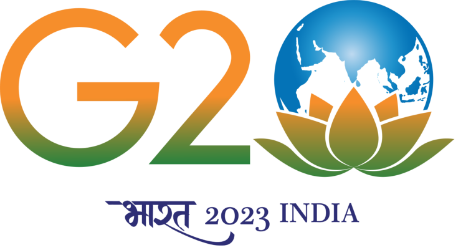
- Home
- About Us
- Constituents
- Projects
- Resources
- NCERT Initiatives for Inclusive and Accessible Education
- Cyber Safety & Security
- Brochure on ICT Initiatives
- Catalogue
- Comics on Conservation of Environment - PCRA & NCERT (Hindi)
- eContent Guidelines
- Journals
- Newsletters
- UNESCO Resources
- eContent Evaluation
- Mahatma Gandhi
- Reports
- Learning Objects
- Audio Books
- MOOCs on SWAYAM
- Alternative Academic Calendar
- ICT Initiative
- Events
- Transmission
- Announcements
- SIETs
- RTI
- People
- Contact Us
Geography XI Part-II
The Class XI Geography Text Book: India: Physical Environment makes a humble attempt to awaken the young minds about the rich and diverse aspects of India’s Physical Environment: Location and Space Relations, Geological Structure and Physiography, Drainage system, Climate, Natural Vegetation, Soils, Natural Hazards and Disasters.
Unity in diversity is the essence of India. Diversity in terms of its geological structures: ranging from old peninsular block, and Aravalli Hills to young Deltas and alluvial plains, Relief and Physical features: ranging from the lofty Himalayas to low lying coastal plains and islands; Climate: ranging from the wettest Cherapunjee and Mawsynram in district West Khasi Hills in Meghalays to driest Thar Desert in Jaisalmer and Barmer districts, Rajasthan; Natural Vegetation: Ranging from Equatorial and Tropical Evergreen and tidal mangrove forests to xerophytes in the Indian desert are only a few of the many diverse features of its geography. These physical diversities though unrelated yet have been enriched by its socio-cultural diversities in terms of religions, faiths and believes, livelihood, culture and language, population composition, economic achievements and technological advancement etc. India has a distinction among all the countries of the world with harmonious coexistence of various religions, speakers of many languages and practitioners of various cultures over many centuries. These diversities in no way are impediments in forging a sense of unity and belonging to all its inhabitants. On the contrary, these have always reinforced the bond of unity among people of India. The role played by the mountain wall in its North and Indian Ocean to its South created an unique arena for the interplay of various natural and social factors which in turn contributed in making India a melting pot of cultural fusion needs unending celebrations from one and all. However, above all these lies the Indian Monsoon, operating as an important synthesizing factor between the relief and climate, nature and society, economy and politics and the dense network of perennial rivers working like the life lines of India’s culture and economy have always reinforced the bond of oneness among its diverse natural and socio-cultural attributes.







